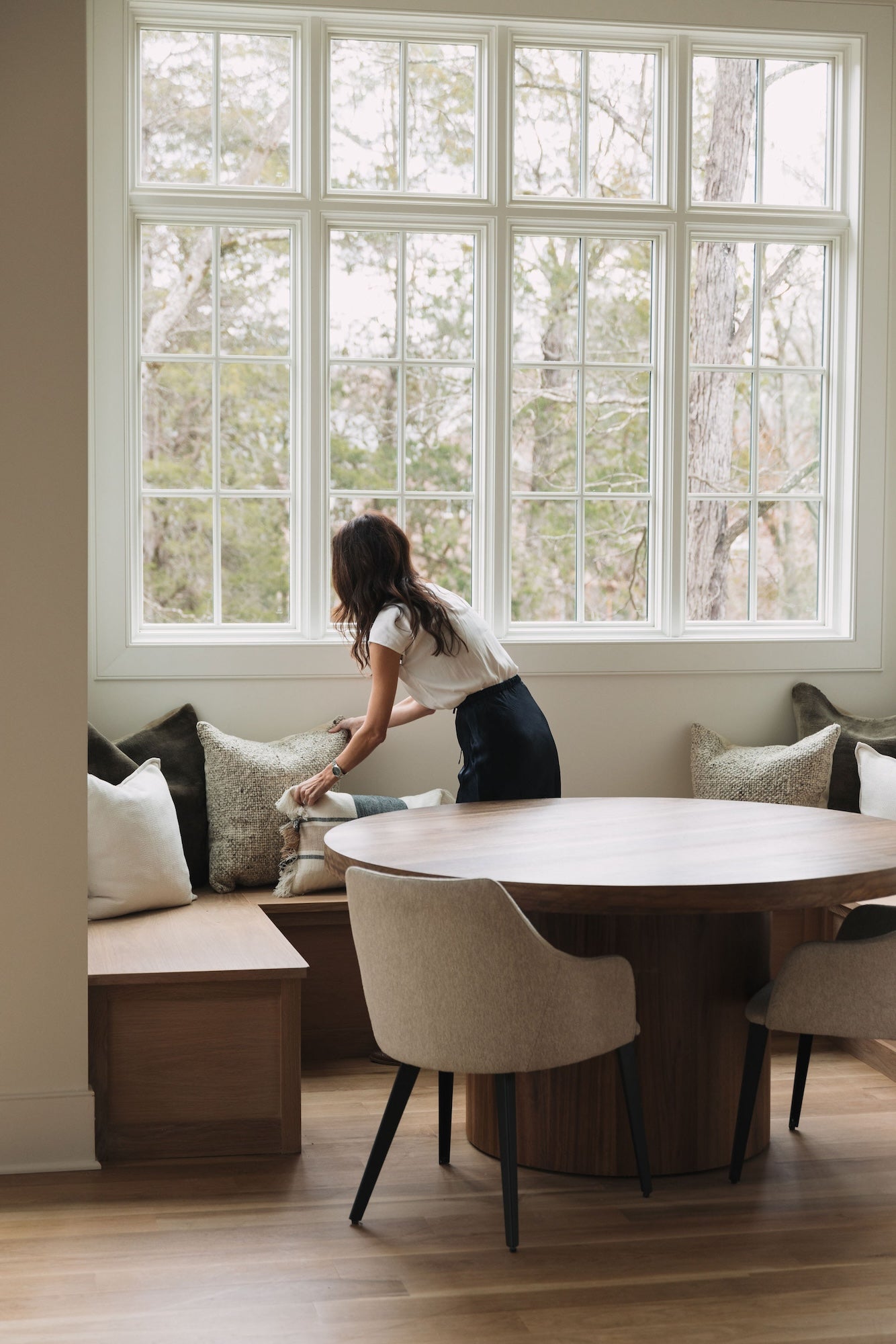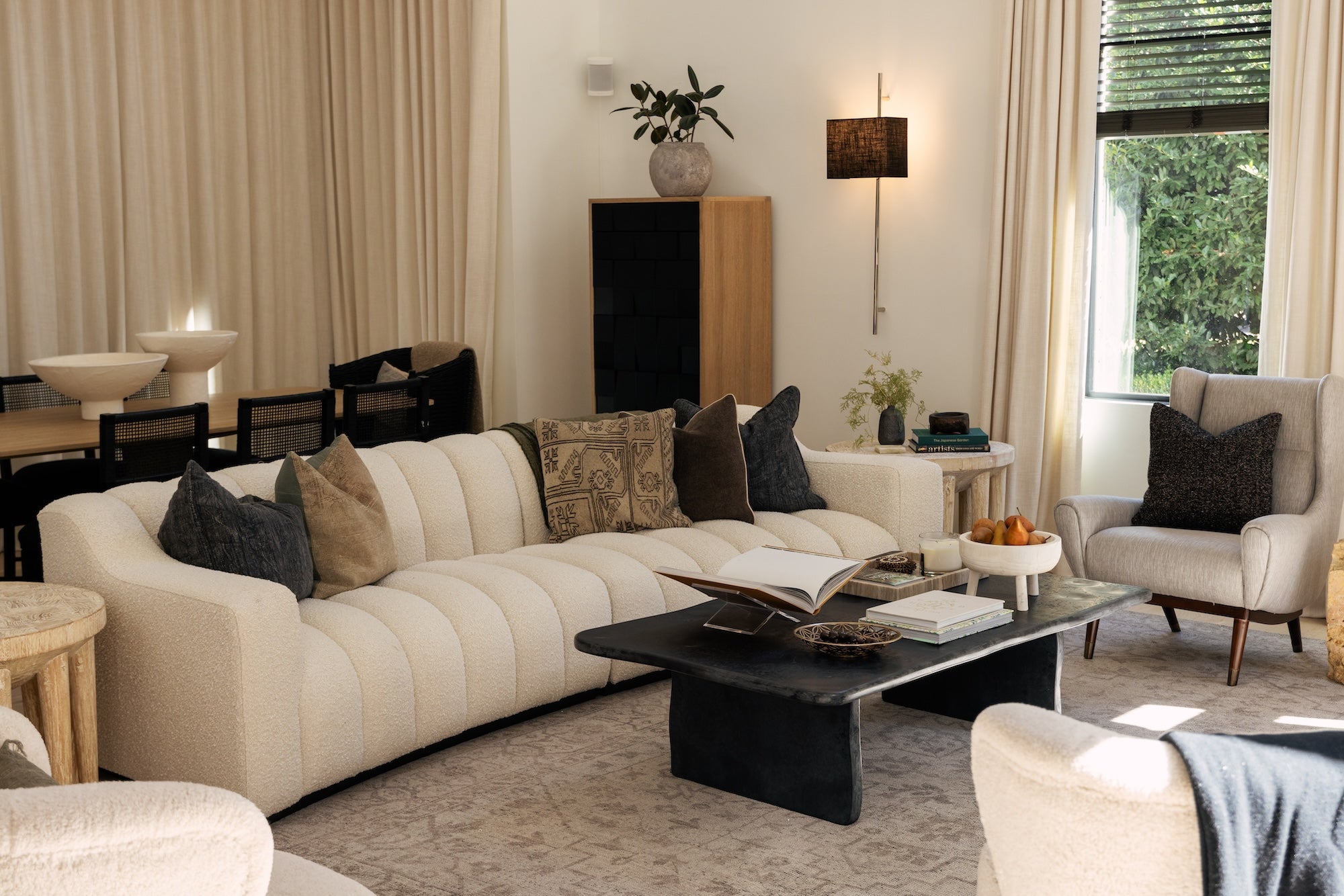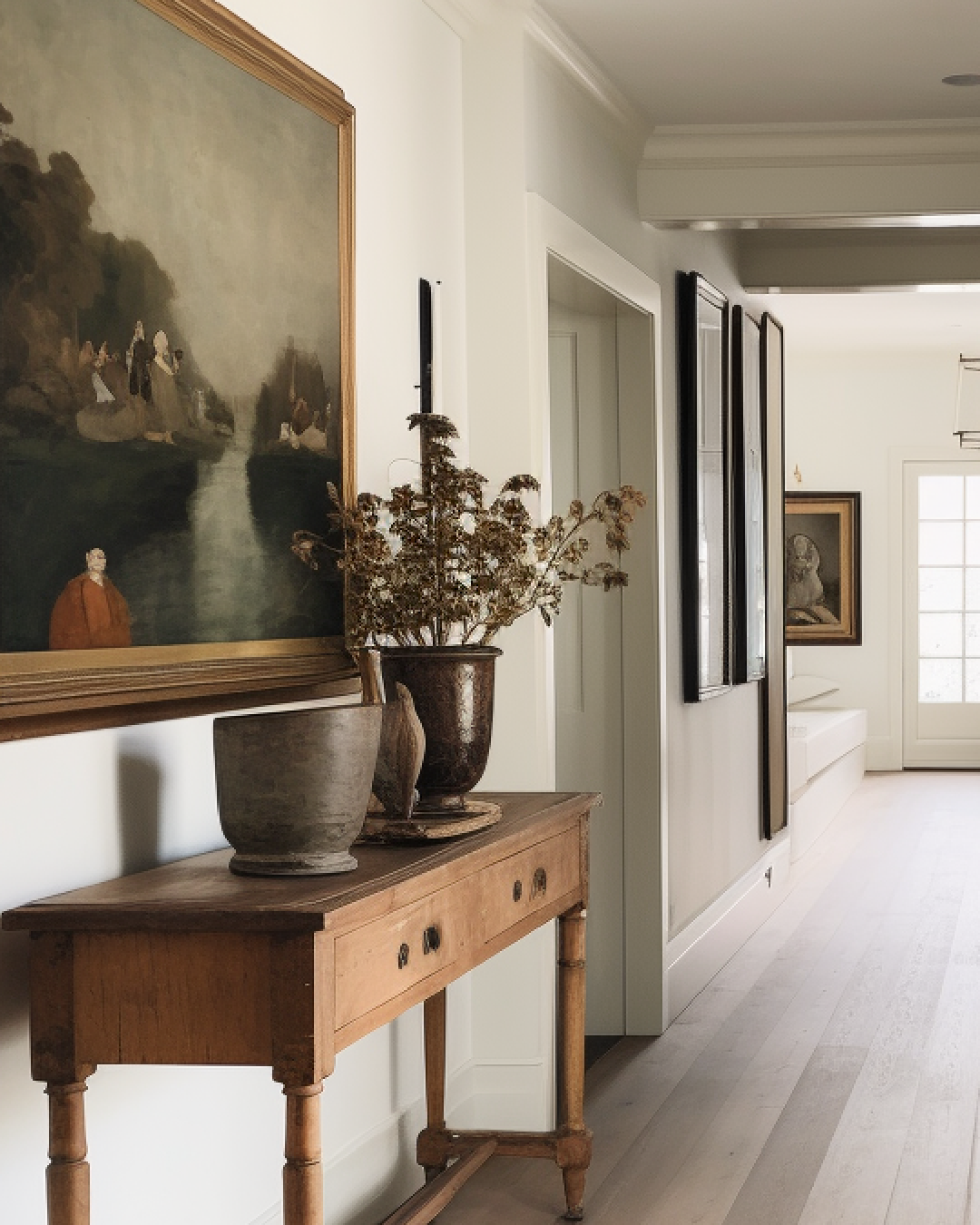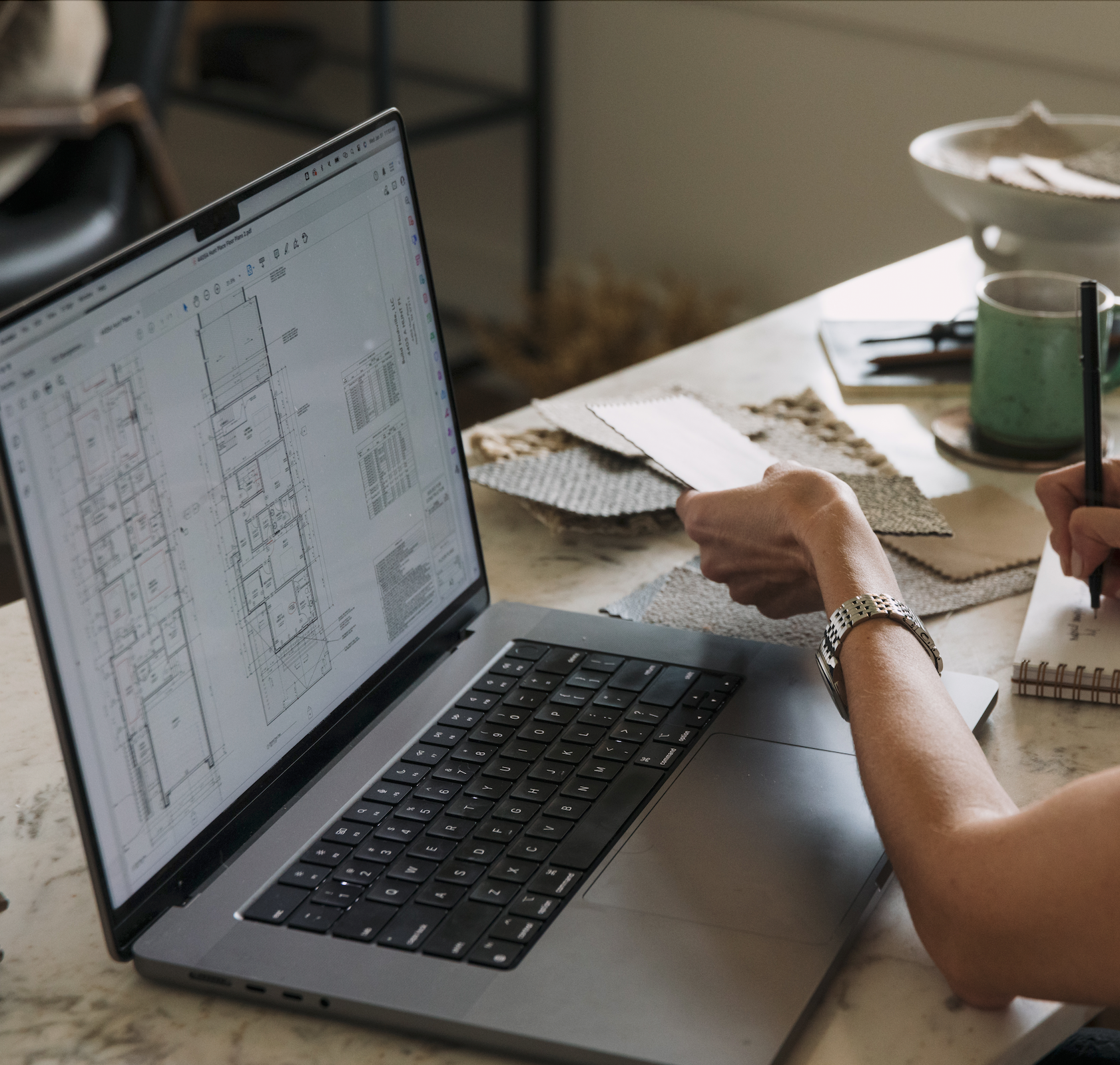design advice
Why Staging Matters

So you’re selling your home and it’s been recommended to you: Staging. How necessary is this? You think. Is it really that important? I get it: the last thing you want to do while you’re trying to make money is spend money.
High-level, staging is the process of establishing your home’s potential. The market is full of noise, bustling and brimming with other properties, so your goal as a seller is to set your home apart and demonstrate its possibilities.
But—pull up a chair and listen closely —this perspective is key: When you’re selling a home, you’re not just selling a property; you’re selling a future. The individuals and families walking through are making an investment. Financially yes but, more importantly, emotionally. As they explore your home from the kitchen to the living to the bedroom, they’re playing a reel in their mind of how their life could unfold there. This, to them, isn’t just the potential of a beautiful space. It’s the potential of a beautiful life.
The true trick of staging and creating this experience is a balancing act. You want a home on the market to be compelling, yet impersonal. Memorable, yet versatile. The impersonal and versatile factors allow you to appeal to the largest possible buyer base, but the compelling and memorable notes distinguish your property from others.
Want a little insider knowledge? At Mayker, when we’re designing a property to sell and want to really connect with potential owners, we look to accomplish four key things.
First, you establish livability. You want to create a home that people can imagine themselves living in—hosting dinner parties, sleeping late on Saturday mornings, getting ready for work, chasing toddler feet down the hallway. Empty homes feel quiet and echoey—vacant of that vibrancy of life. And, by contrast, homes that are filled with the current owners' belongings feel too personal. Like walking in on a private conversation, there’s this unspoken sense you shouldn’t be there. To create that sense of livability for potential buyers, you want to fill and edit the rooms, establishing a sense of generic wonder. Add character. Infuse with memorable design elements. Create a sense of a beautiful future.
Second, you demonstrate scale. Most people are visual. They look at a room and, instead of seeing possibility, they see… uncertainty. They need cues to understand how something will work and how a room can flow. So, get down to brass tacks. Demonstrate how a king-size bed fits in the primary suite. For big homes, show that you can host large family dinners. Add in an office. Install a deep, plush sectional in the bonus. You want people leaving knowing that your space can meet their needs, not just their wants.
Third, establish quality. How you fill a home can elevate or diminish a property’s value. For homes that are more affordable, staging with designer-focused, quality pieces will make the property feel more valuable even though nothing has changed with the actual architecture of the space. For homes at a higher price point, your furnishings need to meet your client’s expectations of the value of the homes. At either end of the spectrum, designing up increases perceived value.
Fourth and final, answer any questions. Most homes have them. Little spaces and nooks that are, well, peculiar. How can this be used? What can fit here? Good staging provides answers to these questions so what could be considered “weird features” are now “surprising moments.” I remember as a child touring a home with my parents and finding a hidden passageway to a playroom. It was as though the secret garden had been unveiled to me. What had been poor architectural planning became, instead, a space of marvel and amazement.
—
Curious to learn more about Mayker’s staging process? If you’d like some expert assistance, explore our services curated for builders, realtors, and individuals.
For more of our reflections on all things staging and design, follow us on Instagram @maykerinteriors or subscribe to our newsletter.




